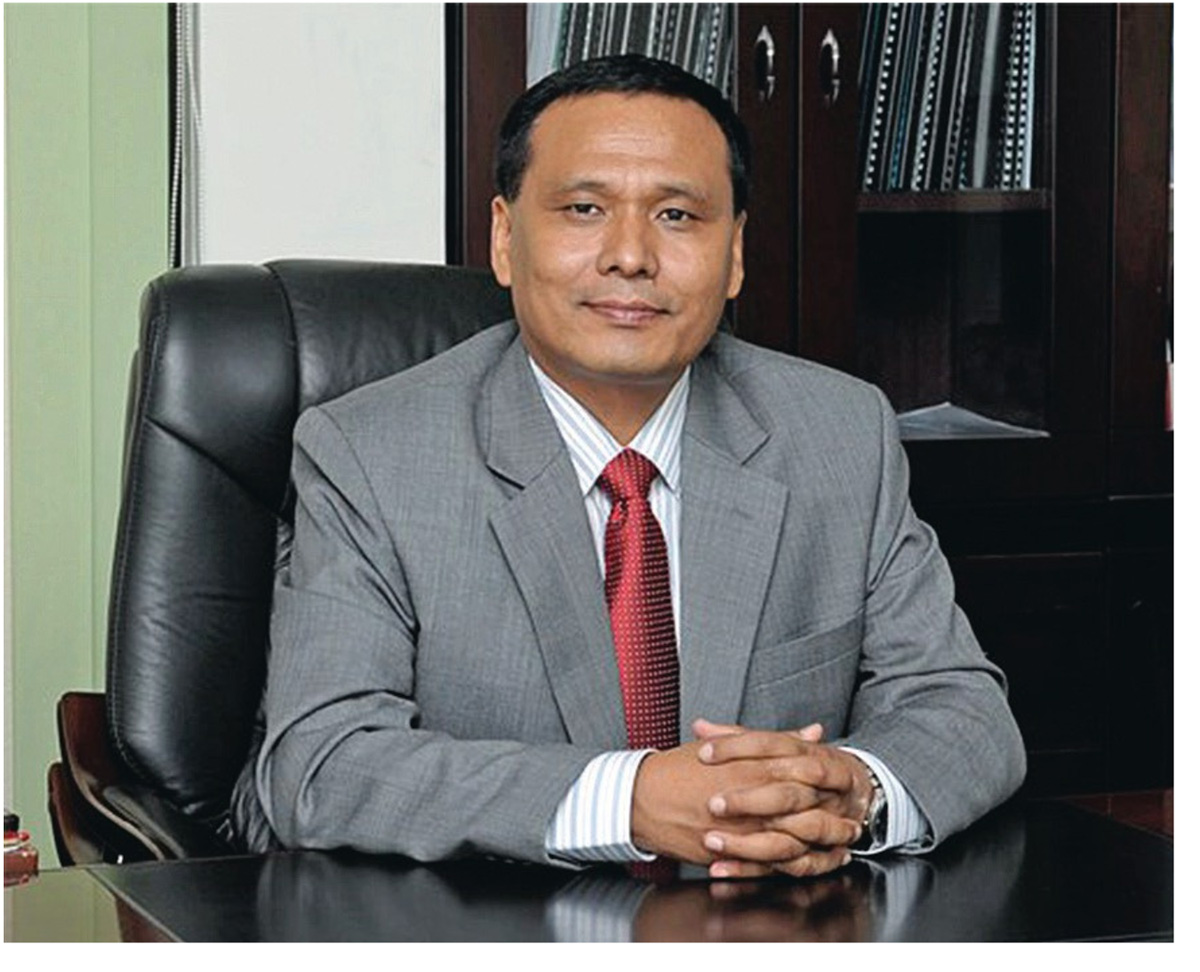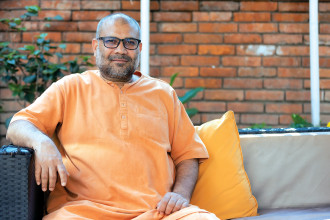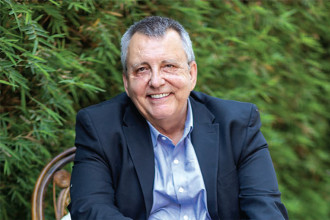
Kulman Ghising is the Managing Director of Nepal Electricity Authority. He has served as the Project Chief of Rahughat Hydro Electricity project and as managing director of the Chilime Hydro Power Company Ltd under NEA. Ghising has been linked with NEA for two decades and has extensive knowledge and experience of power trade, distribution and related fields. He is widely recognised as the man on mission to electrify the nation. Excerpts from a conversation with Alan Rai of Business 360: Excerpts:
How has it become possible that power outage is being addressed effectively after all these year?
There were questions to be answered and issues to be handled pragmatically and delivered. Supply alone wasn’t and isn’t the solution. So many things are integrated that need to be managed properly to ensure optimum generation from resources available including maximum utilisation of imports, transmission and effective distribution without any glitches. Now we are importing approximately 370 MW; last year it was around 340 to 345 MW. How much and when to import must be given a serious thought. The demand fluctuates from time to time. It needs to be monitored constantly. Peaking plants such as Kali Gandaki that produces 40-50 MW in the afternoon can produce 144 MW in the night after managing the peak time. Turn off figure projects with the capacity of 700 - 800 MW due to the dry season have dropped to producing 300 MW only, and yet we have not issued load shedding so far. Inverters are out. And we have limited industries to 7-8 hours operation in the peak time. With low consumption in utility, the public has shown cooperation in domestic consumption as well. The whole process occurs in real time, therefore every detail has to be looked at with a magnifying glass.
What was lacking in the past management of NEA?
At the end of the day, it all comes down to commitment and prioritisation. What happens when industries run during peak time and are given power supply continuously? Load shedding is bound to take effect, isn’t it?
Will it be correct to say that NEA has finally ended load shedding?
There is no need to worry and dwell on this matter any longer. This is the driest season yet there’s hardly any periods of load shedding. Apart from industries which are limited to run for 4-5 hours. As they don’t require electric supply for 24 hours we have managed them in two shifts and it seems to benefit them also. There are mainly two reasons that result in load shedding,
- Insufficient energy.
- Whenever the power generated is insufficient to support the load, the electric supply and distribution becomes unstable, and when not controlled, the system collapses and cause total black-out for which we then need to exercise load shedding. It’s a deliberate act.
Interruption due to technical defaults is not load shedding. Definitely, after Jestha, there will be no problems and we won’t have to import that much either. However, sometimes our power plants of 144 MW fail and have to be shut down for maintenance and we don’t have any surplus. For the system to run reliably, there must be at least 15 % reserve according to the demand. Contrarily, we have a demand of 1300 MW and we have only supply of 300 MW and imports of 700 MW. Under these situations, we have applied crisis management to avoid load shedding.
How rich are we in water resources for electricity generation?
The more concerning issue is not counting numbers and comparing with other countries to find out how rich we are in water resources or even ending of load shedding rather how we can utilize and transform our resources to energy for consumption as soon as possible. Nepal has the potential capacity of approximately one lakh MW and we are not able to produce even 1000 MW. Let us be self-reliant first.
What are the current goals and objectives of NEA?
On average, Nepal’s usage of energy is 136 MW per capita approximately which is the lowest in comparison with India at 1000 units, China 4000 units, Korea 14000 units and Norway having highest usage of 24000 units per capita. This clearly indicates that energy is necessary for the development of a nation but we are still unable to harness the potentiality of our available resources. Now with investment of the public, we will start projects of very high scale, build infrastructures for maximum consumption and replace fossils fuels. However, for hydro projects to come to operation takes time so we must have patience while taking the initial steps. Projects of 2000-3000 MW are already commencing and within 2-3 years, projects of 1200 -3000 MW will also be added. Based on investments of the public there’s also a project in the pipeline called ”Janata ko lagaani; Janata ko pani”. There was load shedding up to 15 hours even, now we have 24 hours of electricity. However, this is possible because 40% still do not have access and it is the right of everyone to have access to electricity. Keeping that in mind our primary focus is on how we can increase productivity and how to make our generation systems reliable and provide quality in supply and service to sustain the demand of the nation.






